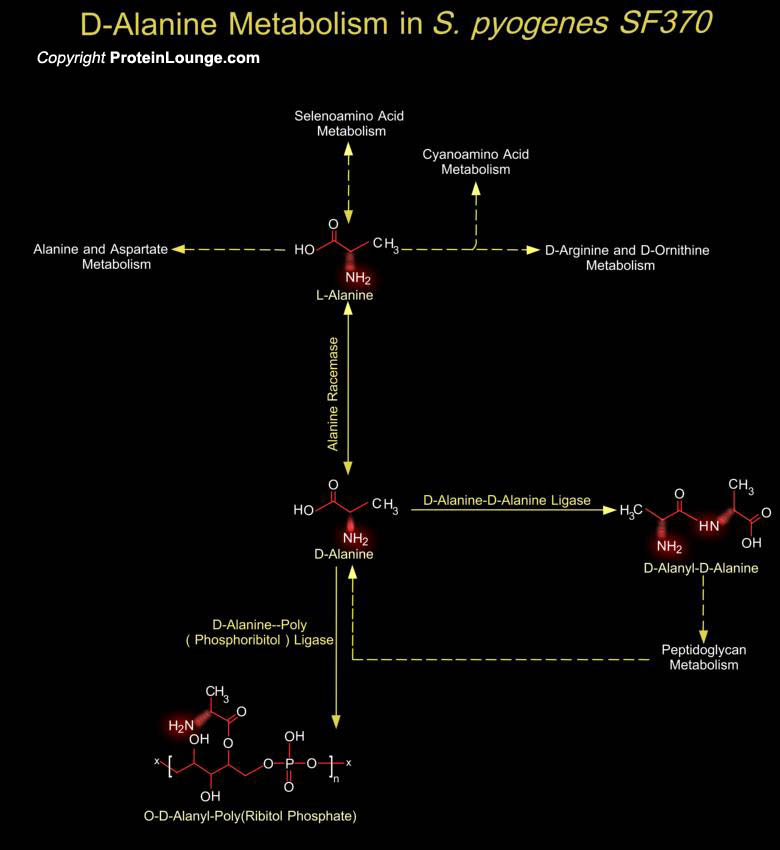
The Group-A Streptococcus (Streptococcus pyogenes) remains an important human pathogen, associated with a range of superficial skin and throat infections as well as a variety of more serious invasive infections and autoimmune sequelae such as acute rheumatic fever and post-streptococcal glomerulonephritis (Ref.1). S. pyogenes strains are grouped into two classes on the basis of post infectious sequelae associated with each strain, Class-I is responsible for rheumatic fever and Class-II is responsible for acute glomerulonephritis. S. pyogenes strain SF370 (Serotype M1) was originally isolated from a patient with a wound infection. The Serotype M1 is among the most prevalent in terms of involvement in severe invasive infections (Ref.2 & 3).As is the case in other[..]
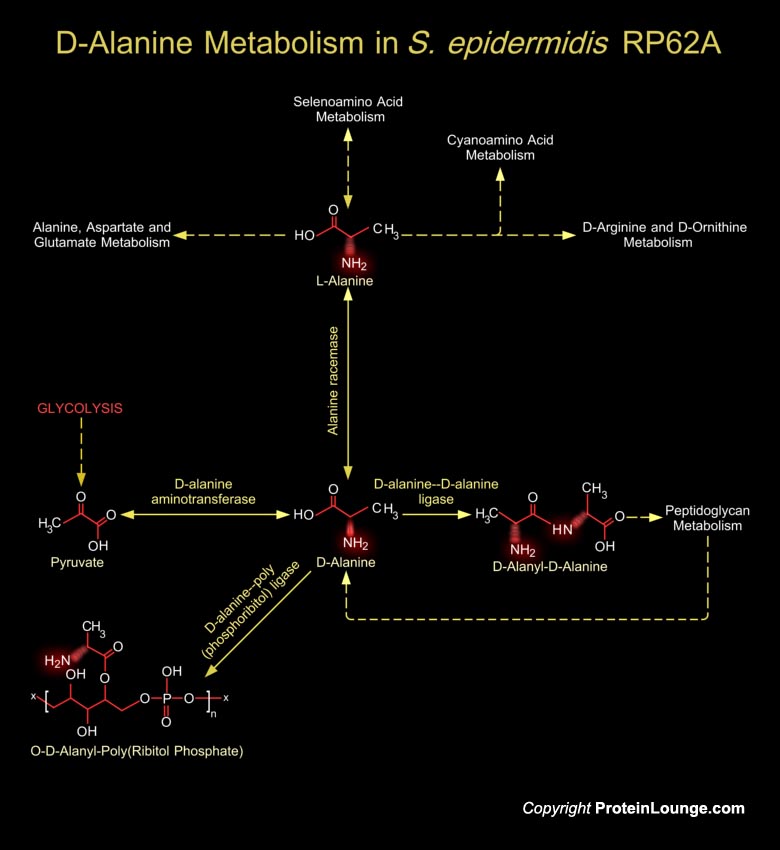
Staphylococci are known as clustering Gram-positive cocci, nonmotile, non-spore forming facultatively anaerobic that classified in two main groups, coagulase-positive and coagulase-negative. Staphylococcus epidermidis with the highest percentage has the prominent role among coagulase-negative Staphylococci that is the most important reason of clinical infections. Staphylococcus, is one of the five significant microorganisms that are located on human skin and mucosal surfaces with the ability of causing nosocomial infections due to the wide usage of medical implants and devices, hence until 1980 S. epidermidis was considered as an opportunistic microorganism, while in accordance to various infections increasement such as cardiovascular, CNS shunts,[..]
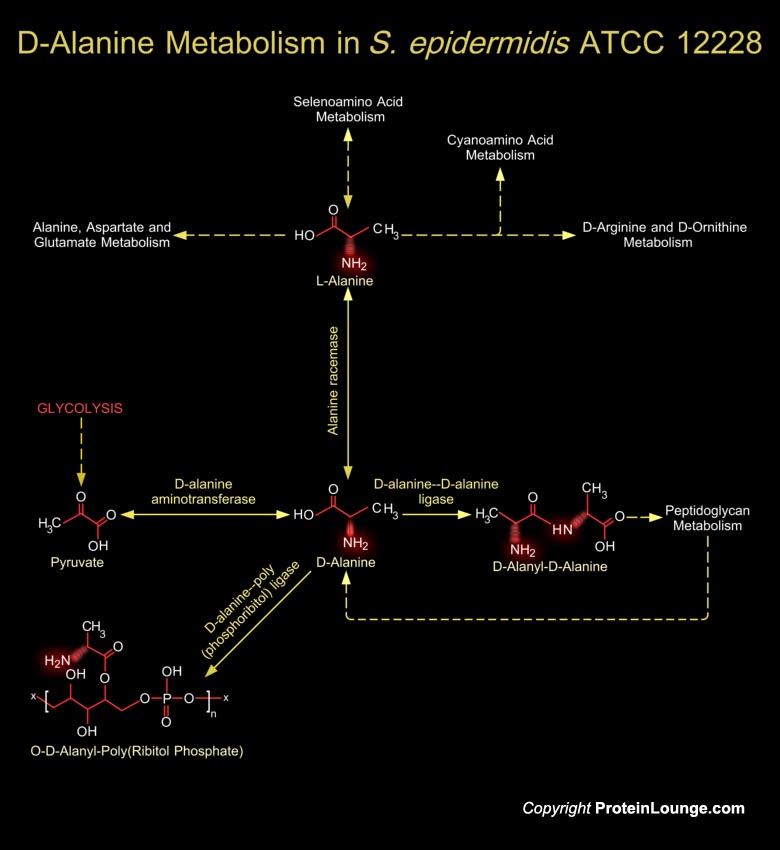
Staphylococcus epidermidis is a Gram-positive non motile bacterium that grows in aerobic and anaerobic conditions, in which it forms grape-like clusters. It produces numerous toxins including superantigens that cause unique disease entities and has emerged as a causative agent of infections often associated with implanted medical devices. The S. aureus and S. epidermidis genomes are syntenic throughout their lengths and share a core set of 1,681 ORF (Open Reading Frames) (Ref.1 & 2).The cell wall of S. epidermidis is 50 percent peptidoglycan by weight consisting of alternating polysaccharide subunits of N-Acetylglucosamine and N-Acetylmuramic acid with 1, 4-Beta linkages. The peptidoglycan chains are cross-linked by tetrapeptide chains bound to N-Acetylmuramic acid[..]
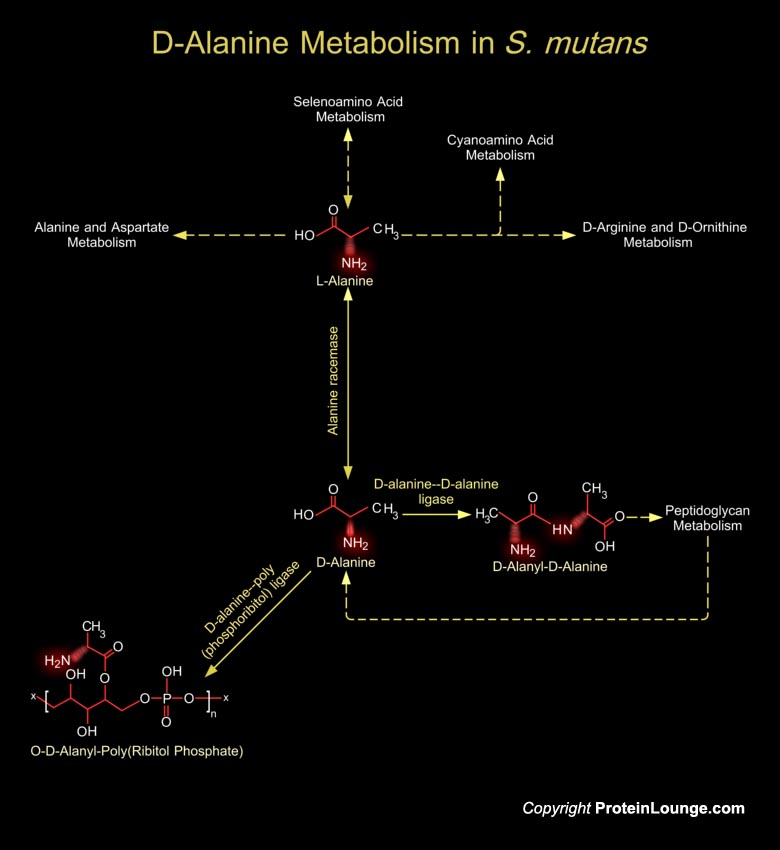
Based on differences in their compositions and the linkages of cell wall polysaccharides, Streptococci are classified into eight serotypes as follows; Streptococcus mutans (Serotypes c, e, and f), Streptococcus sobrinus (Serotypes d and g), Streptococcus cricetus (Serotype a), Streptococcus rattus (Serotype b), Streptococcus ferus (Serotype c), Streptococcus macacae (Serotype c), and Streptococcus downei (Serotype h). Among these, S. mutans is known to be a major causative bacterium of dental caries in humans and is occasionally isolated from the blood of patients with infective endocarditis (Ref.1). The cell wall of this bacterium is a peptidoglycan macromolecule with attached accessory molecules such as TAs (Teichoic Acids), Teichuronic Acids, LTA (Lipoteichoic[..]
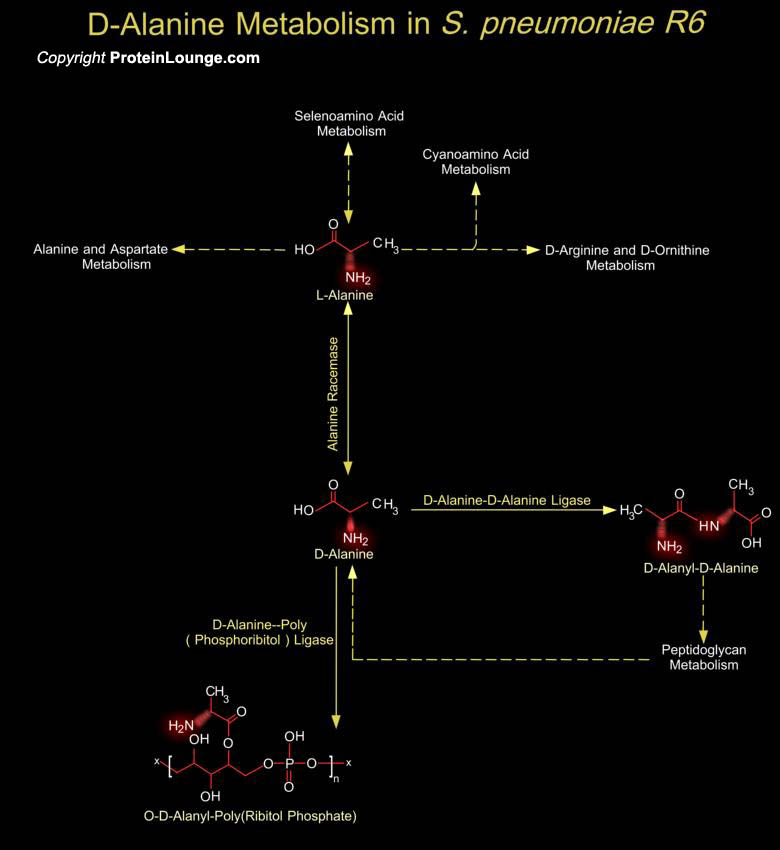
Streptococcus pneumoniae (also known as Pneumococcus or Diplococcus pneumoniae) is a Gram-positive coccus and is among the most significant causes of bacterial disease in humans. It is responsible for a high proportion of cases of pneumonia, acute otitis media, acute sinusitis, bacteremia and meningitis. There are 90 known serotypes of S. pneumoniae, each of which produces a structurally different capsular polysaccharide; during infection. These serotypes function by inhibiting host complement-mediated phagocytosis. The parental S. pneumoniae strain for R6 is R36A, which is a nonencapsulated strain is derived from the capsular Type 2 clinical isolate strain D39. The pneumococcal plasma membrane is surrounded by a layer of peptidoglycan, a three-dimensional,[..]
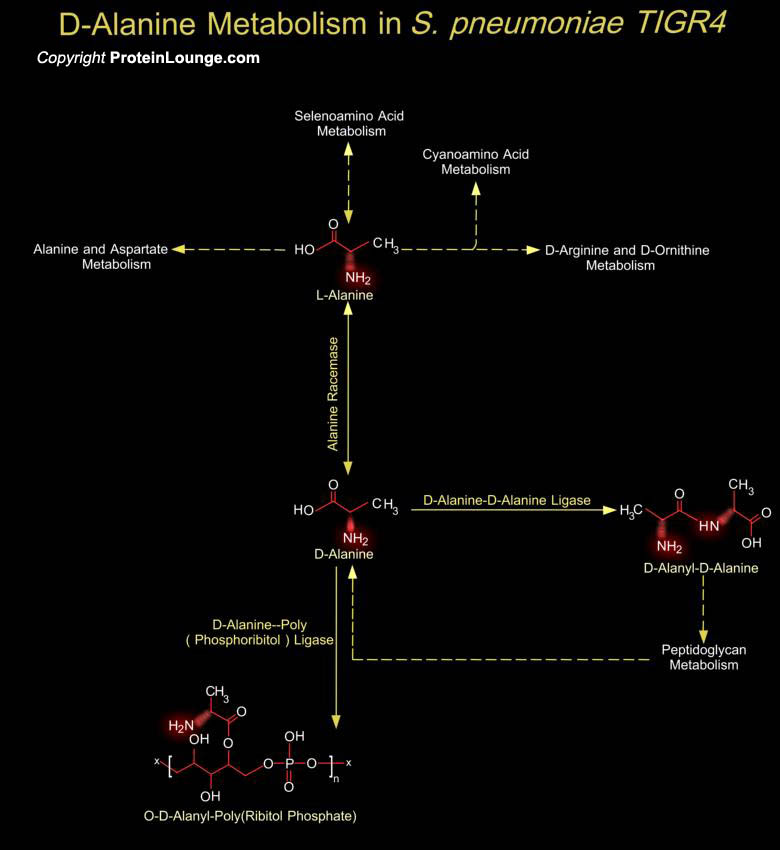
Streptococcus pneumoniae (also known as Pneumococcus or Diplococcus pneumoniae) is a Gram-positive coccus and is among the most significant causes of bacterial disease in humans. It is responsible for a high proportion of cases of pneumonia, acute otitis media, acute sinusitis, bacteremia and meningitis. There are 90 known serotypes of S. pneumoniae, each of which produces a structurally different capsular polysaccharide; during infection. These serotypes function by inhibiting host complement-mediated phagocytosis. The pneumococcal plasma membrane is surrounded by a layer of peptidoglycan, a three-dimensional, cross-linked mesh that protects the bacterial cell from changes in osmotic pressure and plays key roles in shape determination and daughter cell formation. The[..]
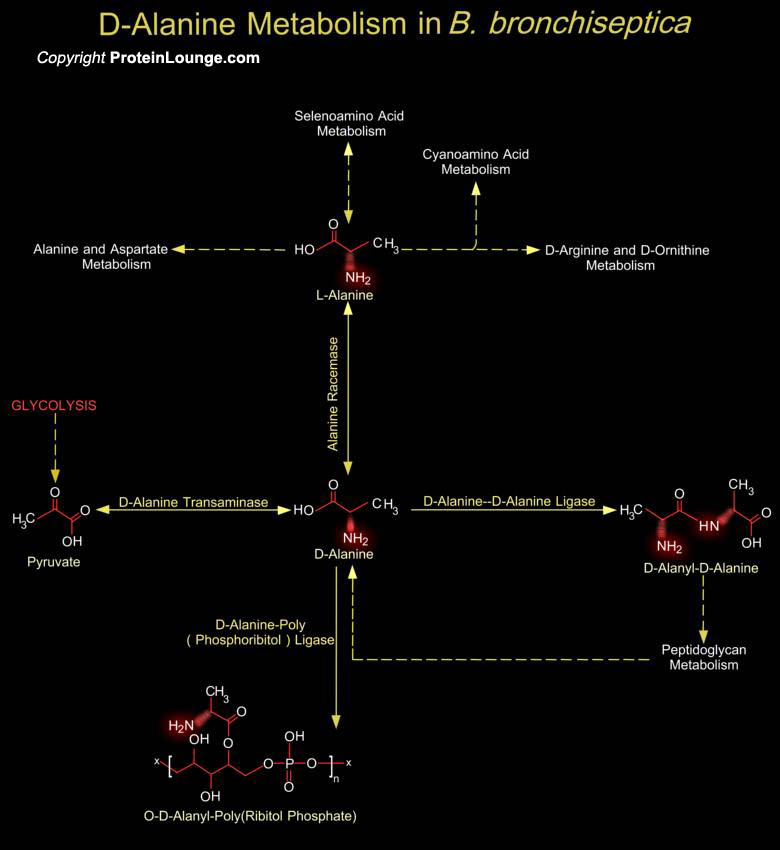
Bordetella pertussis, Bordetella parapertussis and Bordetella bronchiseptica are closely related Gram-negative Beta-proteobacteria that colonizes the respiratory tracts of mammals. B. bronchiseptica causes chronic respiratory infections in a wide range of animals. D-Alanine is a necessary precursor in the biosynthesis of cell wall in this bacterium (Ref.1).The naturally occurring L-Alanine isomer is racemized to its D-form through the action of a class of enzymes called alr (alanine racemase).using Pyridoxal 5'-Phosphate (Vitamin-B6) as a cofactor (Ref.2). L-Alanine is also a product of several other metabolic pathways like Cyanoamino Acid Metabolism, Selenoamino Acid Metabolism, Alanine and Aspartate, and D-Arginine and D-Ornithine Metabolism. D-Alanine metabolism[..]
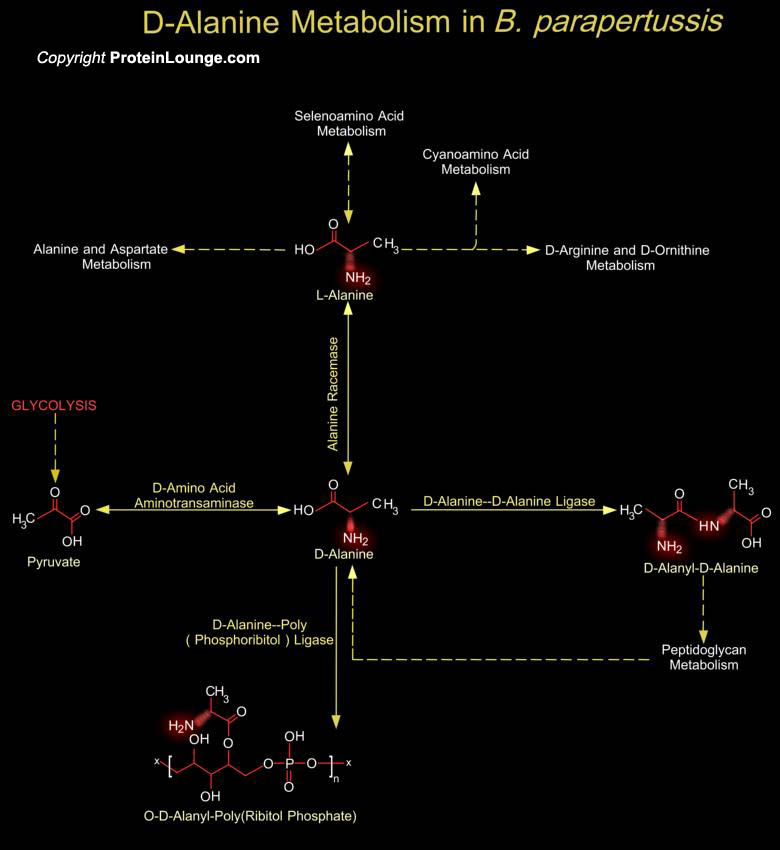
The genus Bordetella in the family Alcaligenaceae, comprises five species(Bordetella pertussis, Bordetella parapertussis and Bordetella bronchiseptica, Bordetella hinzii and Bordetella avium ), four of which cause infections of the upper respiratory tract in different host organisms. They are closely related Gram-negative Beta-proteobacteria Bordetella pertussis is an obligate human pathogen and is the etiological agent of whooping cough (pertussis), an acute respiratory infection more serious among infants. Annually, more than 50 million cases of pertussis, including 600,000 deaths are reported worldwide. Bordetella parapertussis, causes a mild pertussis-like disease in humans and is very closely related to B. pertussis. An animal pathogen of the Bordetella species is[..]
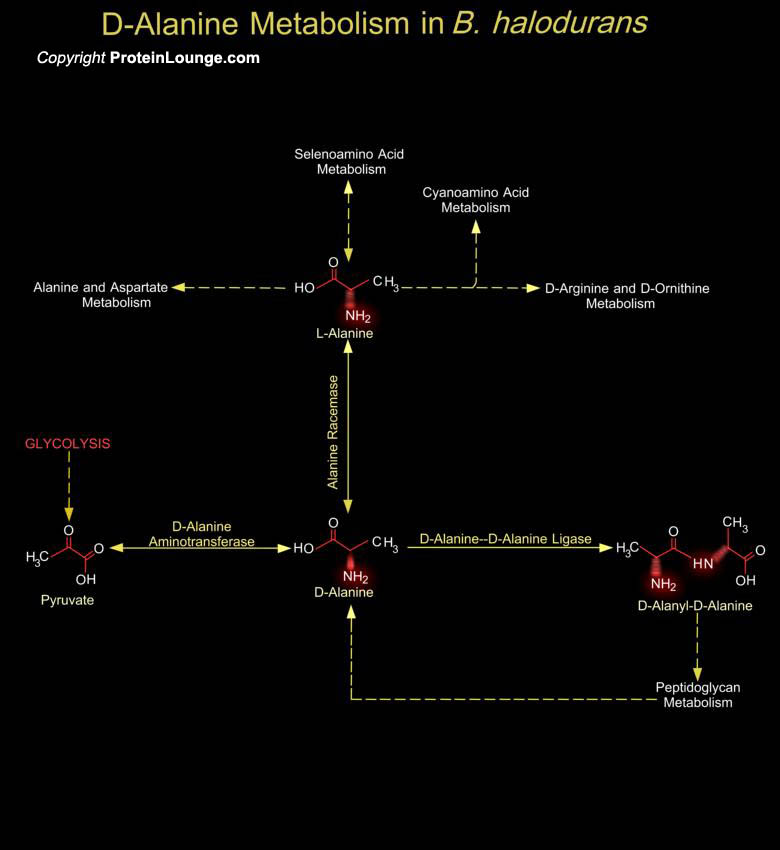
Bacillus species and other microbes with pH optima for growth higher than pH 9 are defined as alkaliphiles. A large number of alkaliphilic Bacillus strains producing useful enzymes, have been isolated from various environments. Bacillus halodurans(B. halodurans) is an alkaliphilic Bacillus species that grows optimally above pH 9.5. It is the second Bacillus species whose entire genomic sequence has been completely defined. B. halodurans is similar to B. subtilis in terms of genome size, G+C content, and physiological properties, except for its alkaliphilic phenotype (Ref.1).The cell wall of these Gram-positive bacteria is a unique biopolymer, containing both D- and L-Amino acids. Its basic structure is a carbohydrate backbone of alternating units of N-Acetyl[..]
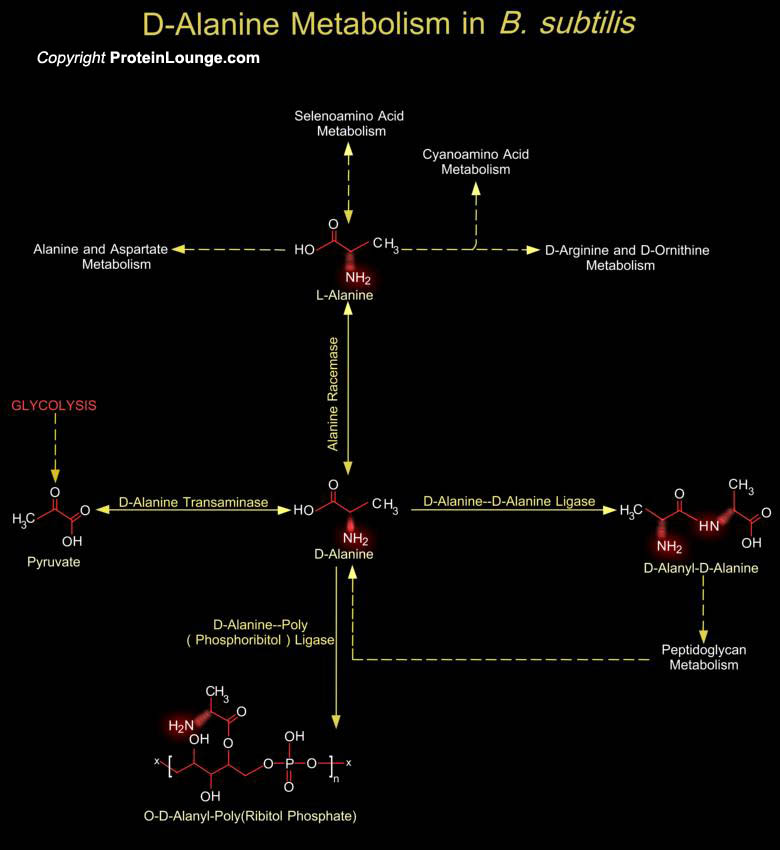
Bacilli are an extremely diverse group of bacteria that include both the causative agent of anthrax (Bacillus anthracis) as well as several species that synthesize important antibiotics. Bacilli are rod-shaped, Gram-positive, sporulating, aerobes or facultative anaerobes. Bacilli exhibit an array of physiologic abilities that allow them to live in a wide range of habitats, including many extreme habitats such as desert sands, hot springs, and Arctic soils. Species in the genus Bacillus can be thermophilic, psychrophilic, acidophilic, alkaliphilic, halotolerant, or halophilic and are capable of growing at pH values, temperatures, and salt concentrations where few other organisms can survive. Due to the metabolic diversity in the genus Bacillus, Bacilli are able to[..]
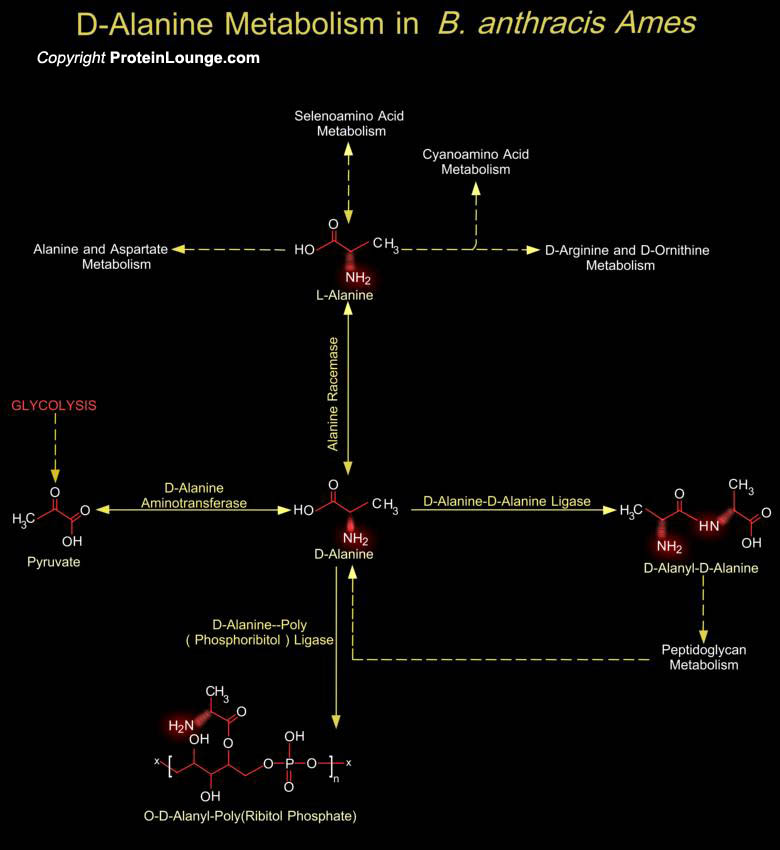
Bacilli are an extremely diverse group of bacteria that include both the causative agent of anthrax (Bacillus anthracis) as well as several species that synthesize important antibiotics. Bacilli are rod-shaped, Gram-positive, sporulating, aerobes or facultative anaerobes. Bacilli exhibit an array of physiologic abilities that allow them to live in a wide range of habitats, including many extreme habitats such as desert sands, hot springs, and Arctic soils. Species in the genus Bacillus can be thermophilic, psychrophilic, acidophilic, alkaliphilic, halotolerant, or halophilic and are capable of growing at pH values, temperatures, and salt concentrations where few other organisms can survive (Ref.1, 2 & 4). Due to the metabolic diversity in the genus Bacillus,[..]
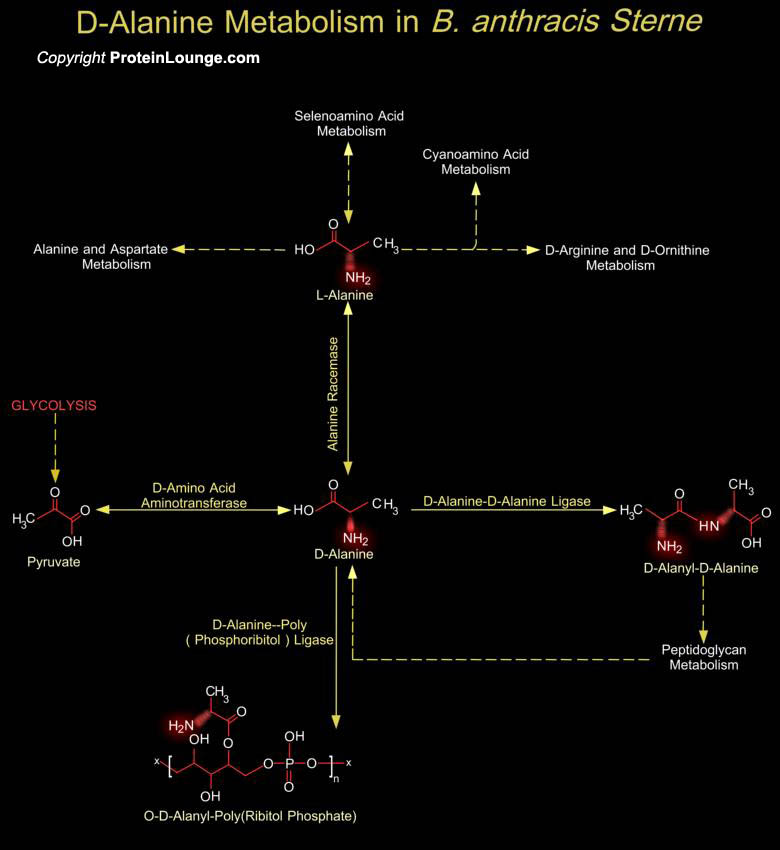
Bacilli are rod-shaped, Gram-positive, sporulating, aerobes or facultative anaerobes. Bacilli exhibit an array of physiologic abilities that allow them to live in a wide range of habitats, including many extreme habitats such as desert sands, hot springs, and Arctic soils. Species in the genus Bacillus can be thermophilic, psychrophilic, acidophilic, alkaliphilic, halotolerant, or halophilic and are capable of growing at pH values, temperatures, and salt concentrations where few other organisms can survive (Ref.1, 2 and 4). Due to the metabolic diversity in the genus Bacillus, Bacilli are able to colonize a variety of habitats ranging from soil to insects, to humans. The three species of the Group-1 Bacilli, B. anthracis, B. cereus, and B. thuringiensis, are[..]

